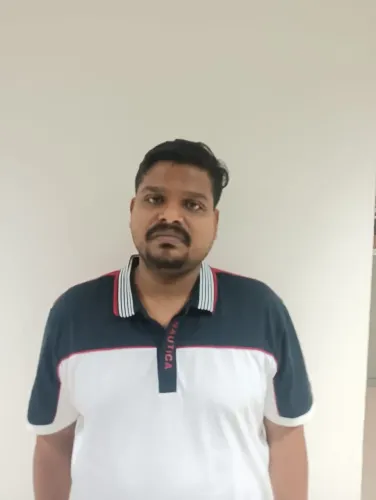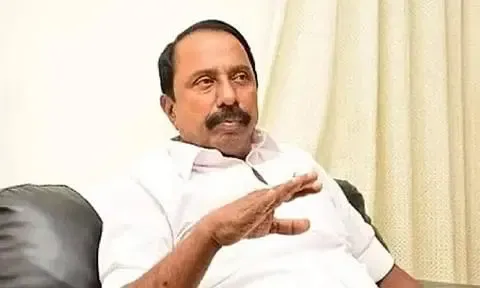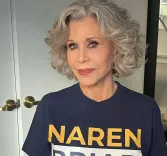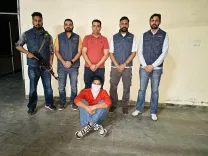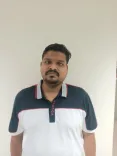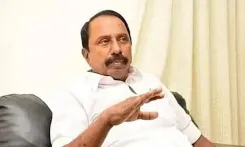Are NCERT textbook changes igniting debates among clerics?

Synopsis
Key Takeaways
- Recent NCERT revisions spark debate.
- Clerics have contrasting views on historical representation.
- Textbook now includes previously omitted topics.
- Supporters advocate for revealing historical truths.
- Critics warn against historical distortions.
New Delhi, July 16 (NationPress) The recent revisions in the Class 8 Social Science textbook by the National Council of Educational Research and Training (NCERT) have ignited fierce responses from various religious groups. While numerous Muslim clerics have condemned the alterations, claiming a distortion of historical truths, a notable Sikh cleric has praised the initiative, asserting it reveals historical realities that have long been ignored.
The revised textbook, named 'Reshaping India's Political Map', encompasses the Delhi Sultanate, Vijayanagara Empire, Mughals, and the emergence of Sikh influence from the 13th to the 17th centuries.
It introduces themes such as political upheaval, military campaigns, the destruction of educational institutions, and temple desecrations—topics largely missing from earlier editions. It also emphasizes numerous instances of religious intolerance during the Sultanate and Mughal periods.
In a strong rebuttal to the modifications, Mohammad Suleman, a founding member of the All India Muslim Personal Law Board (AIMPLB), stated to IANS, “Those in power, regardless of their organization or ideology, are rewriting history. It is well known and undisputed. A nation or society can only advance when history is understood in its true context. Unfortunately, in our democratic setup, it is disheartening that those in authority are distorting historical narratives.”
“These individuals are also dismantling the esteemed Indian History Congress. They are not aiding the nation but rather causing harm. They may deceive a few individuals in the country, but not all. When history is analyzed globally, it is recognized that Aurangzeb was a Mughal ruler of India, despite his militaristic reign. They have also misrepresented facts concerning Babur. Babur was invited by Rana Sangha, an Indian ruler. Whether he was merciless or not, individuals can read about it in various history texts,” he added.
Maulana Nisar Ahmad Misbahi, a cleric from Unnao, also criticized the textbook changes, labeling them as “forced defamation.”
“When someone’s history is conveyed or taught to the younger generation, it should reflect the truth. There must be no enforced glorification or defamation of anyone’s character. This does not send a positive message and further deteriorates the environment. History should be presented as it truly was,” he remarked.
Conversely, the changes have garnered support from the Sikh community. Jagdip Singh Kahlon, General Secretary of the Delhi Sikh Gurdwara Management Committee (DSGMC), endorsed NCERT’s decision.
Speaking to IANS, he expressed, “This is a commendable decision. The reality is that during the Mughal era in India, they surpassed all limits of cruelty. They executed Guru Arjan Dev Badshah Ji, Guru Tegh Bahadur Sahib Ji, and even the younger brother of Guru Gobind Singh Sahib Ji, while the elder also faced martyrdom. This story of brutality is significant.”
“I believe that after the country gained independence, and even before that during British rule, the Congress party presented a completely different narrative of the Mughals. They named major roads and institutions after them,” he said.
“It is shameful for this nation that the rulers who martyred our Gurus and demolished temples were given such high regard in history. This truth must be revealed. Our youth and children should be informed about the atrocities committed by the Mughals. Therefore, if they modify the syllabus to bring forth the truth, I would certainly support it,” Khalon concluded.
One of the new additions in the textbook discusses Alauddin Khilji's loyal general Malik Kafur, who “attacked numerous Hindu centers such as Srirangam, Madurai, Chidambaram, and possibly Rameswaram.”
The book also states that the Delhi Sultanate's rule witnessed “numerous assaults on sacred or revered images in Buddhist, Jain, and Hindu temples; such destruction was driven not merely by plunder but also by iconoclasm.”


